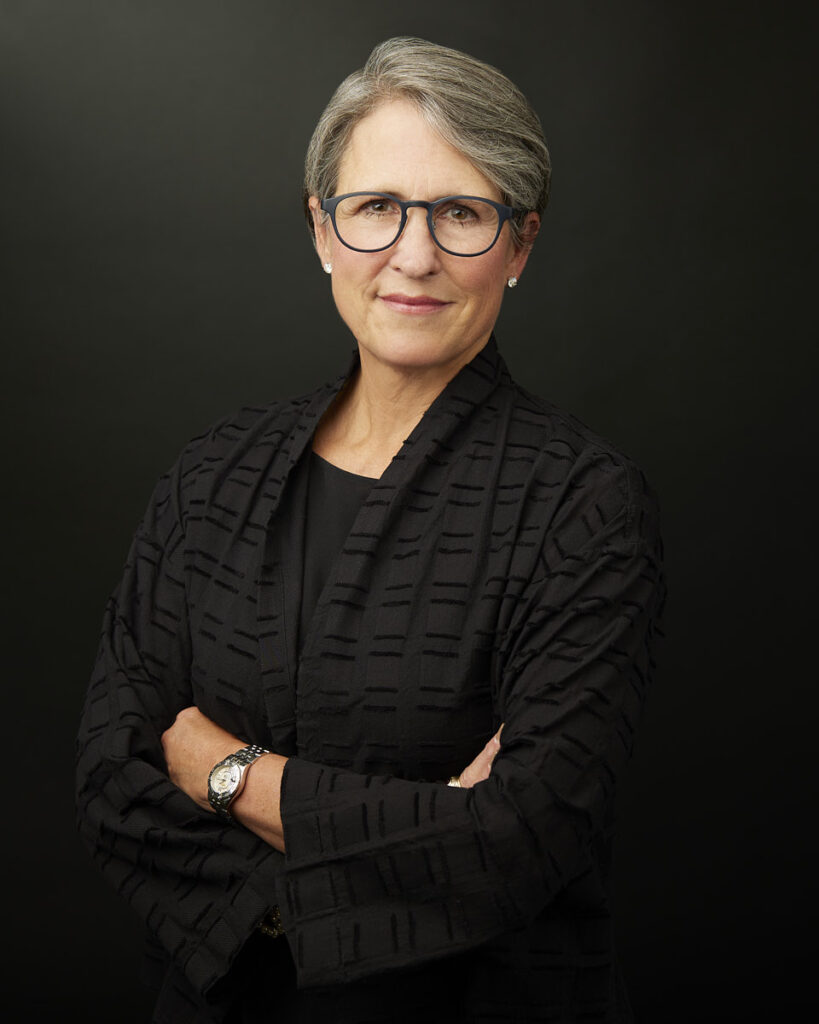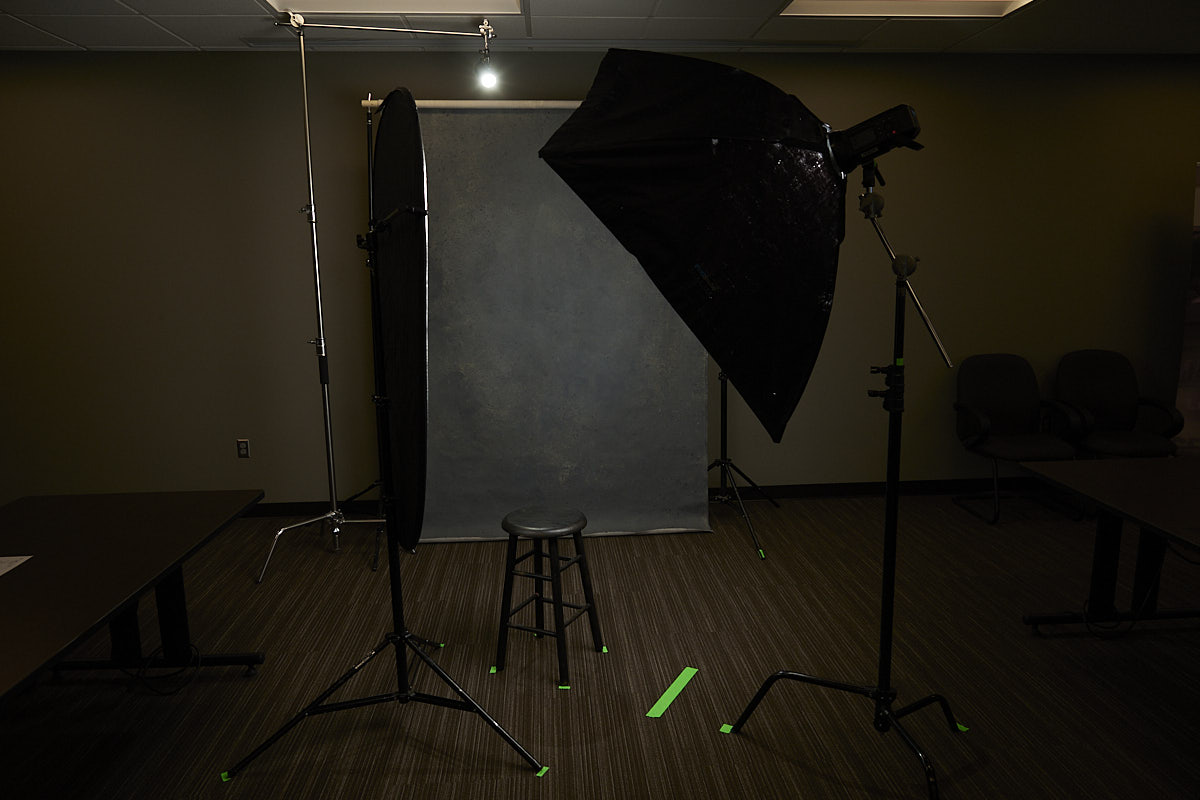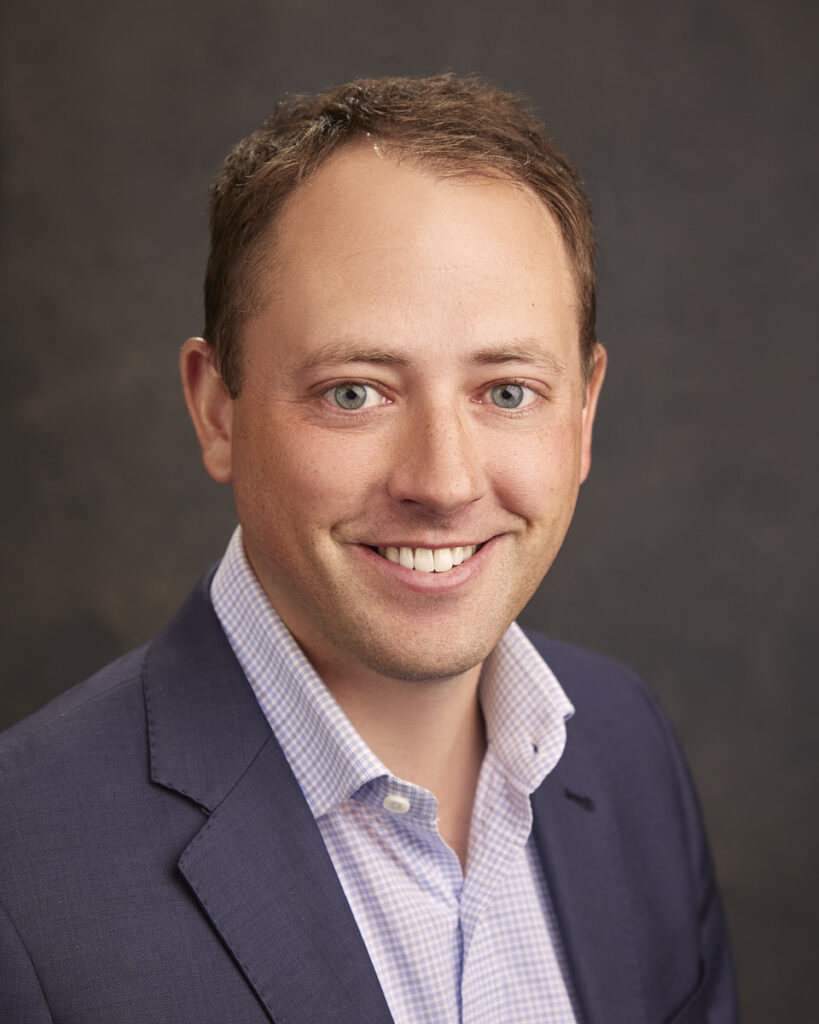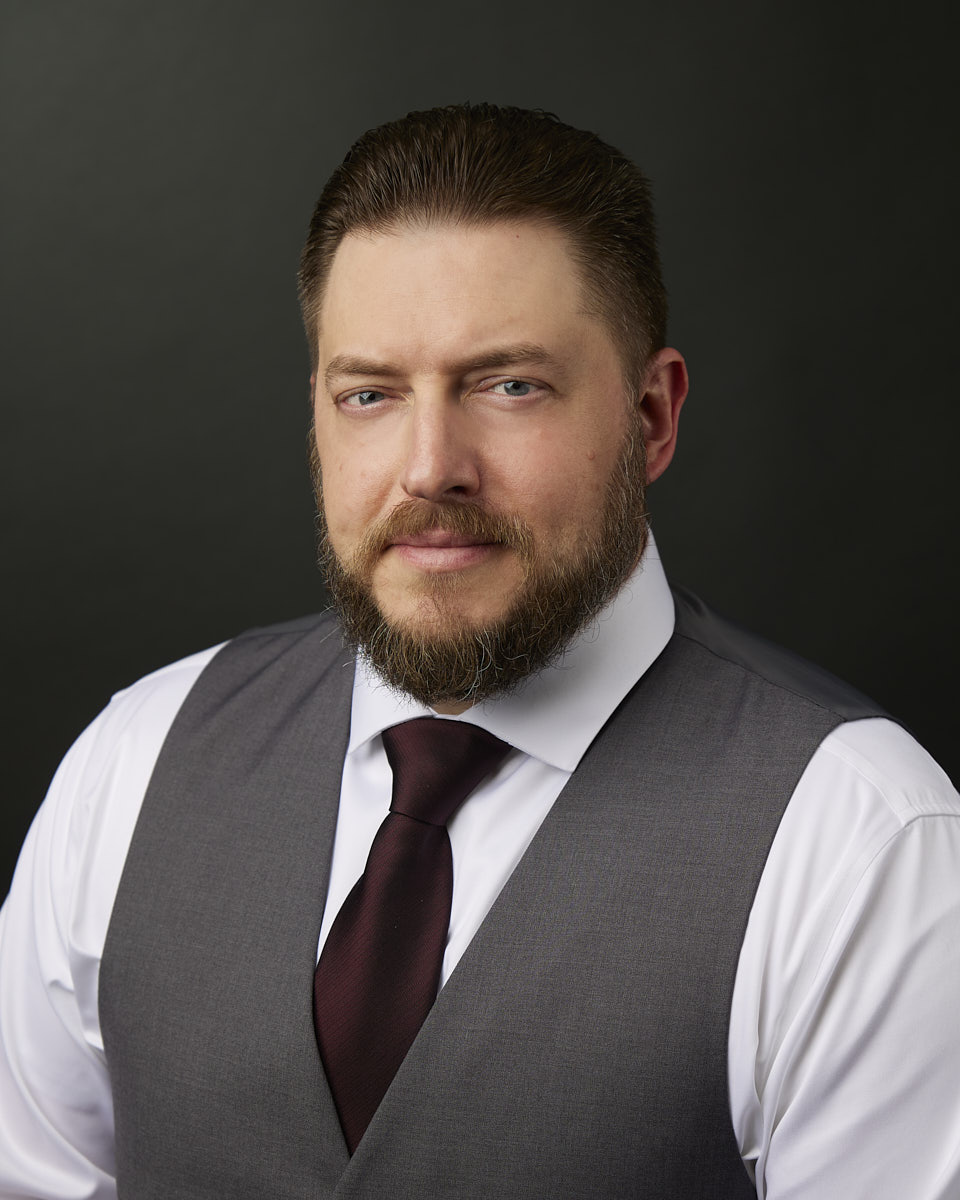It can be difficult working as a professional photographer in today’s climate. With the barriers of entry into the world of photography being so low, it is important to find ways to differentiate your business from potential competitors. We can do this through developing unique styles, or providing services that potential competitors can not. One service area I have personally found to be less saturated — and has proven to be incredibly lucrative — is professional headshots.
Generally speaking, my headshot photography business takes shape in 2 forms. The first is in my studio with individuals and small groups of up to about 3 people. The other form is higher volume sessions which I generally perform on location at the site of businesses. These on-site sessions generally range in size from about 7 to a few hundred staff members.

In order to get these larger high-volume clients, it is important to have a well-oiled system in place that allows you to crank out numerous mini headshot sessions in an hour. Personally, my sessions can range anywhere from 2 hours — for individuals needing extra attention, outfit changes, etc. — down to one minute or less. That said, for high-volume work, I like to shoot for around a 4-5 minute turn-around for each person. Inevitably you will end up with some individuals who sit down, let you take four shots, and tell you they don’t care what the final looks like before they leave 15 seconds later. But you’ll also have more involved clients that want to take more time. Between those types of people, a five minute average generally works out well so that you can be “generous” with your time for anyone that walks through your space.

So, let’s talk details! How do I go about setting up and running these sessions the day of? My personal go-to setup is relatively mobile. I have been using a single strobe (the Flashpoint Xplor 400) as a key light, generally set up to camera at 45 degrees from the subject. I also have a 32″ x 48″ rectangular softbox at an angle with a large silver rectangular reflector to camera left for a fill light. Then I put a second strobe (the wonderfully compact Flashpoint Xplor 400) overhead and a few feet back for a hair light. This is often done with either a 5’x7′ pop-up 2-sided background (one side black and one side white) or in front of a hand-painted canvas backdrop such as the one seen in this setup.

Personally, I like shooting on my Tamron 24-70mm f/2.8 as it allows me to get a medium amount of compression while still working in relatively tight spaces. You never really know where a client intends to stick your setup!
I always like to shoot tethered to my Macbook where all my photos are imported in to Capture One. This allows the client to see the photos of themselves and pick what THEY believe is their best shot. This has the added benefit of saving me time culling images since they are doing it for me, plus they will know what their photos look like before they walk away.
I always tell the people I work with “We are going to take ten or so photos, then you’ll step aside and look through what we got. If there is one you are happy with as the final, I want you to tag it for me. If you hate them all, that is 100% okay but you have to tell my WHY you hate it and we can work through it. We can always have you sit back down and take more until you find something you’re happy with!”
This is all a part of my general schtick that I use to help people relax in a rather uncomfortable situation. It can be especially advantageous to have a routine of go-to phrases and small talk so people can open up when they sit down. Even when working quickly, I like to spend about half of my time talking to the subject. This will get them to open up a bit and relax even when you move quickly.
Over time, I have found that all these things are the little differentiators that have set me apart in my market. I may not be the fastest shooter around, but this has resulted in many happy clients who are not used to that sort of service and as such, I have been hired by very large companies to shoot headshots for their staff.

Take this as a nudge to consider professional headshots as more than an occasional job, but something that can become a lucrative portion of your business. I promise, you won’t regret it!
Article and Photos by Connor Hibbs

